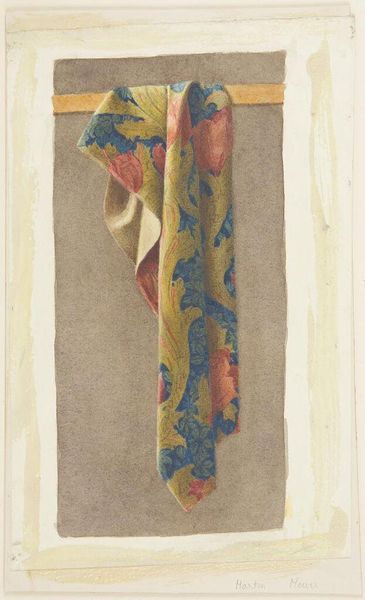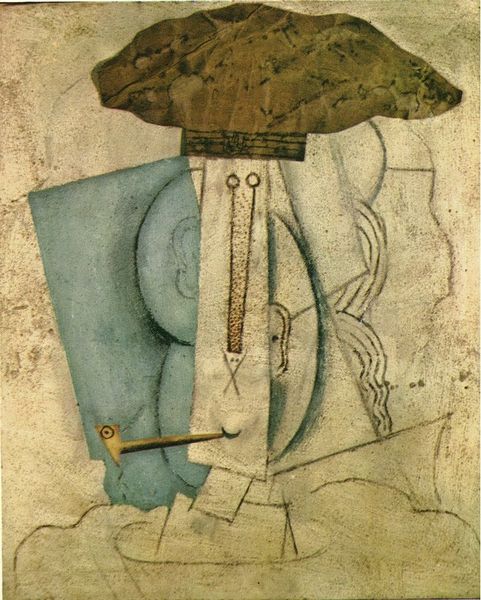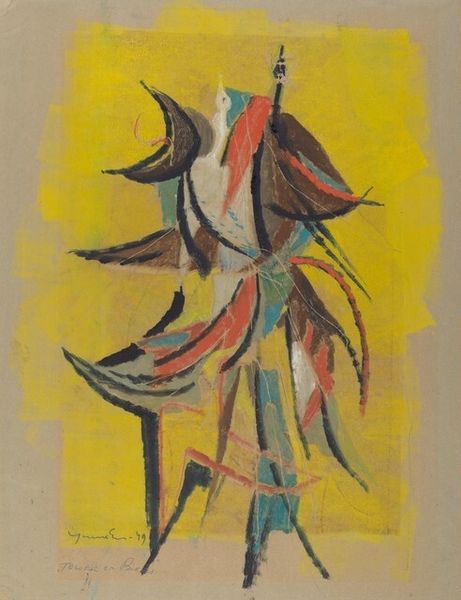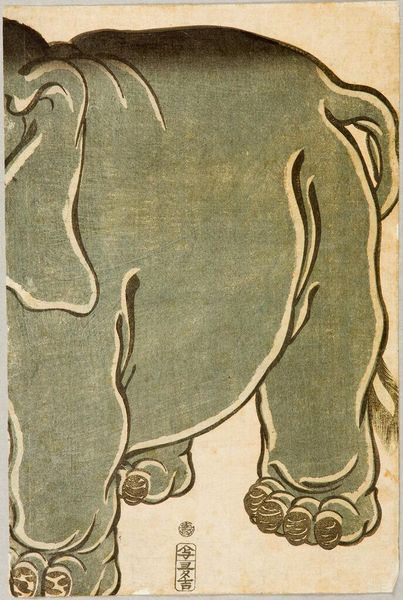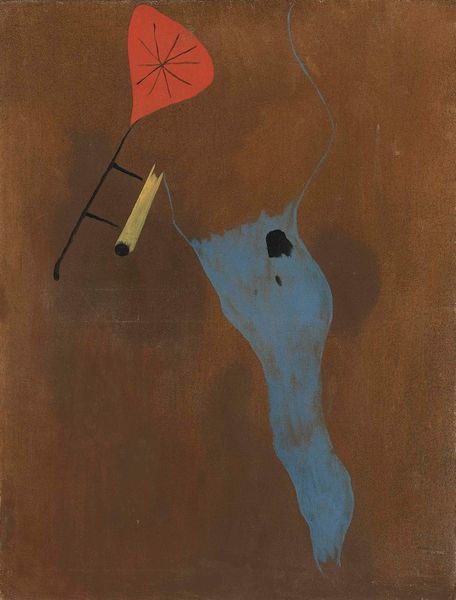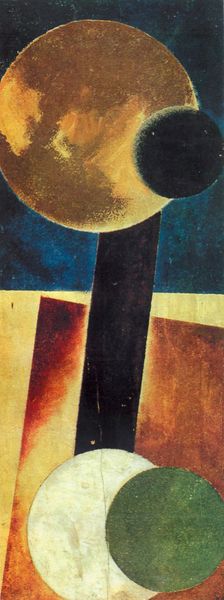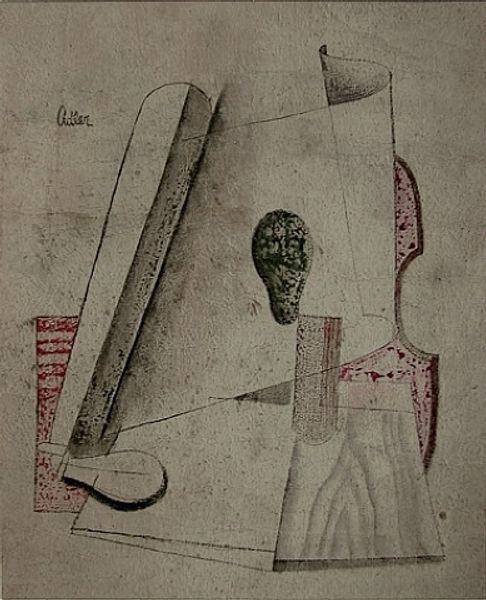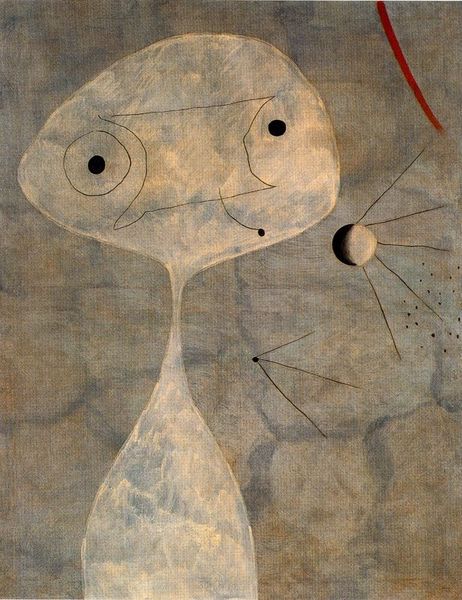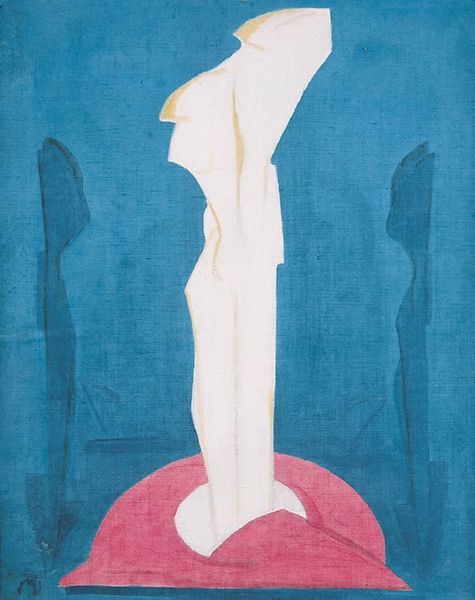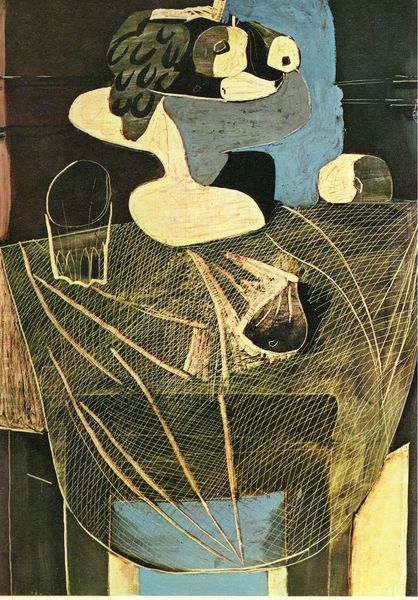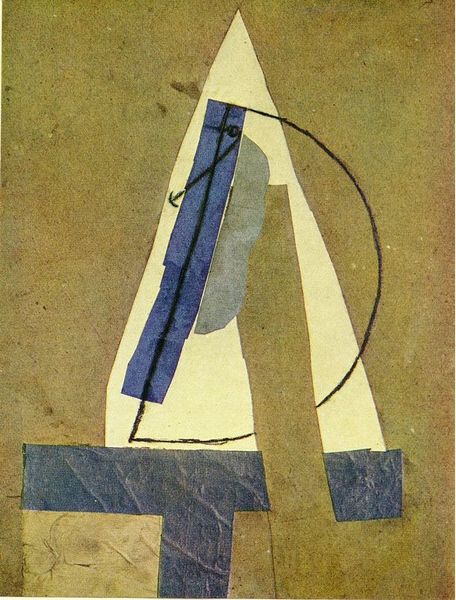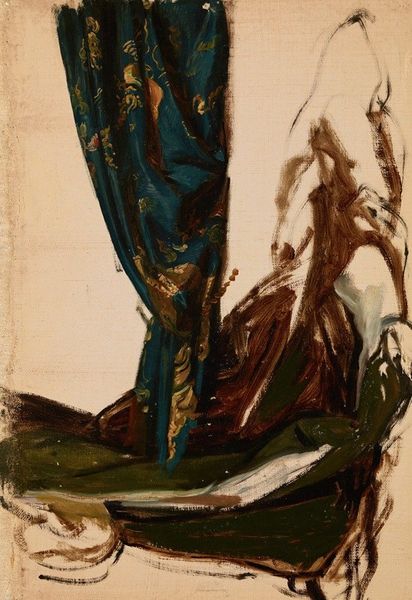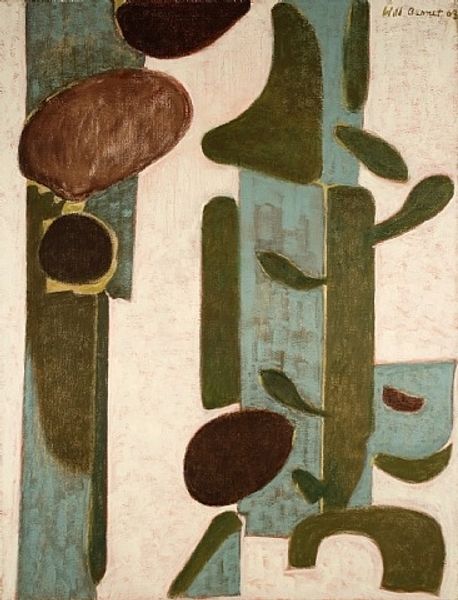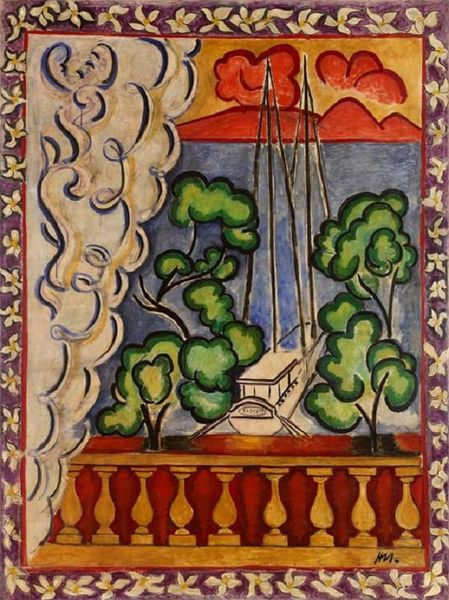
painting, oil-paint
#
portrait
#
painting
#
oil-paint
#
painted
#
oil painting
#
realism
Copyright: Lucian Freud,Fair Use
Curator: Lucian Freud's "Rose and Sweet Pea," painted in 1947. It's a very striking composition, wouldn't you agree? Editor: Striking is one word. Isolated comes to mind. The rose feels almost surgically extracted from its context. Look at the stark blue and the harsh textures he builds up with the oil paint. Curator: Absolutely. That starkness, that intense observation... Freud was working in a post-war world, wasn't he? This wasn't a romantic floral study, but something much more severe, more psychological. What did those stripped down materials mean within the cultural context? Editor: It feels like an almost brutal examination of nature. You're right, it’s oil paint used to create textures so harsh and unforgiving, devoid of that lush romanticism you see elsewhere. The labor shows too, each brushstroke insistent. This isn't about idyllic beauty, but the rawness of organic material. Curator: And consider how he's portraying these commonplace subjects. The rose isn’t just a rose; it’s imbued with an almost unsettling vitality. How does that resonate with audiences of the time versus our modern readings of those conventions? Editor: Maybe it's about highlighting the preciousness and vulnerability inherent to life itself. The rose on the brink, with that pea pod suggesting something embryonic. I also wonder about the politics of realism at that time - focusing on the tangible and the observable during an era that faced extreme hardship. Was he pushing back against idealised views? Curator: A definite pushback, I think. The art world was undergoing dramatic shifts after the war. Freud positioning himself on the side of intense realism against abstraction says much about his views on truth and representation. His dedication to representing something true about his subject... Editor: He certainly gives value to humble materials: paint and canvas turned into something that embodies truth for him. Makes you wonder how the audience and his contemporaries valued that in relation to how artists had represented still life before. Curator: Indeed. Well, this little still life packs a potent punch when we consider the context and its construction. Editor: Definitely changes the way I see the bouquet on my table.
Comments
No comments
Be the first to comment and join the conversation on the ultimate creative platform.

